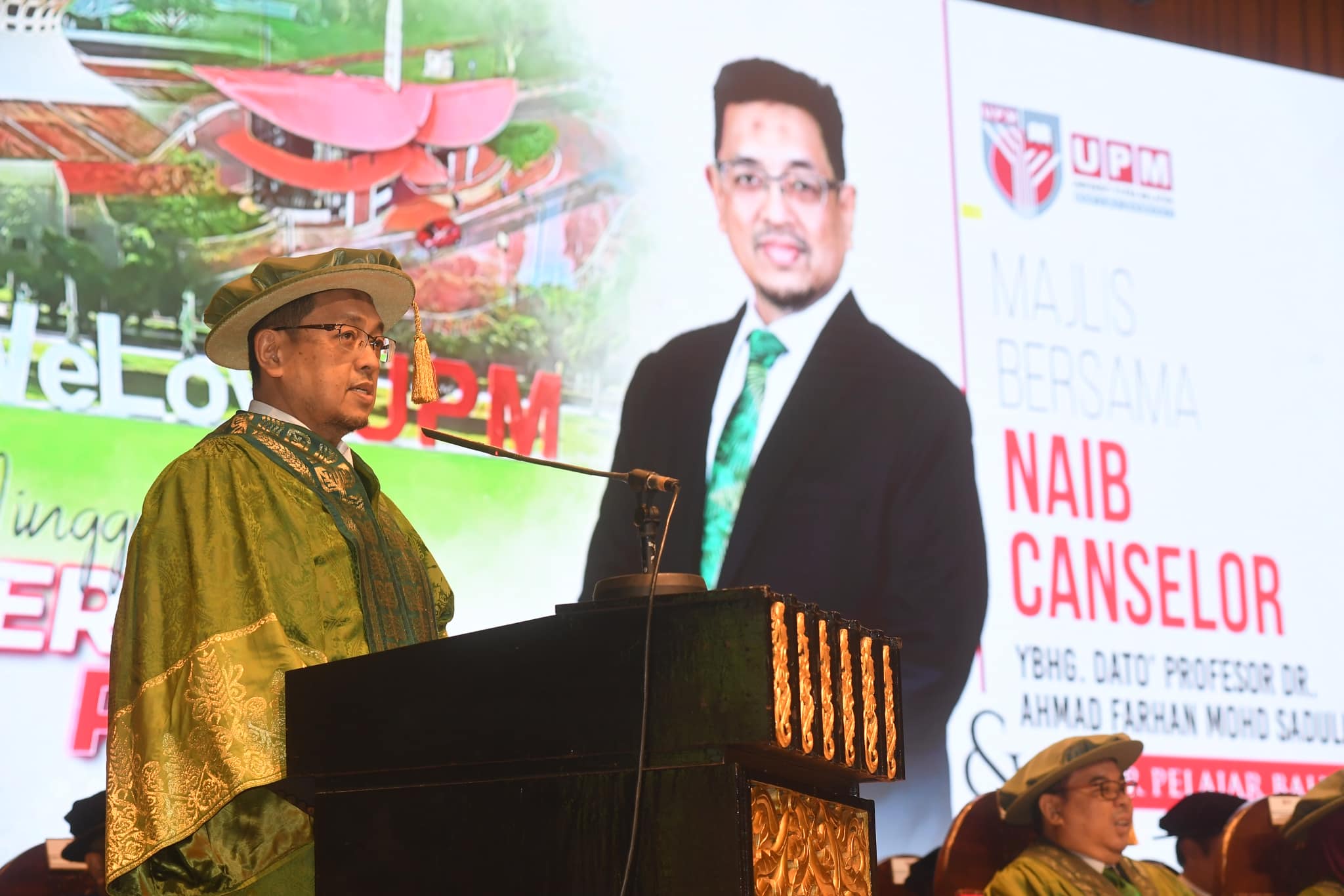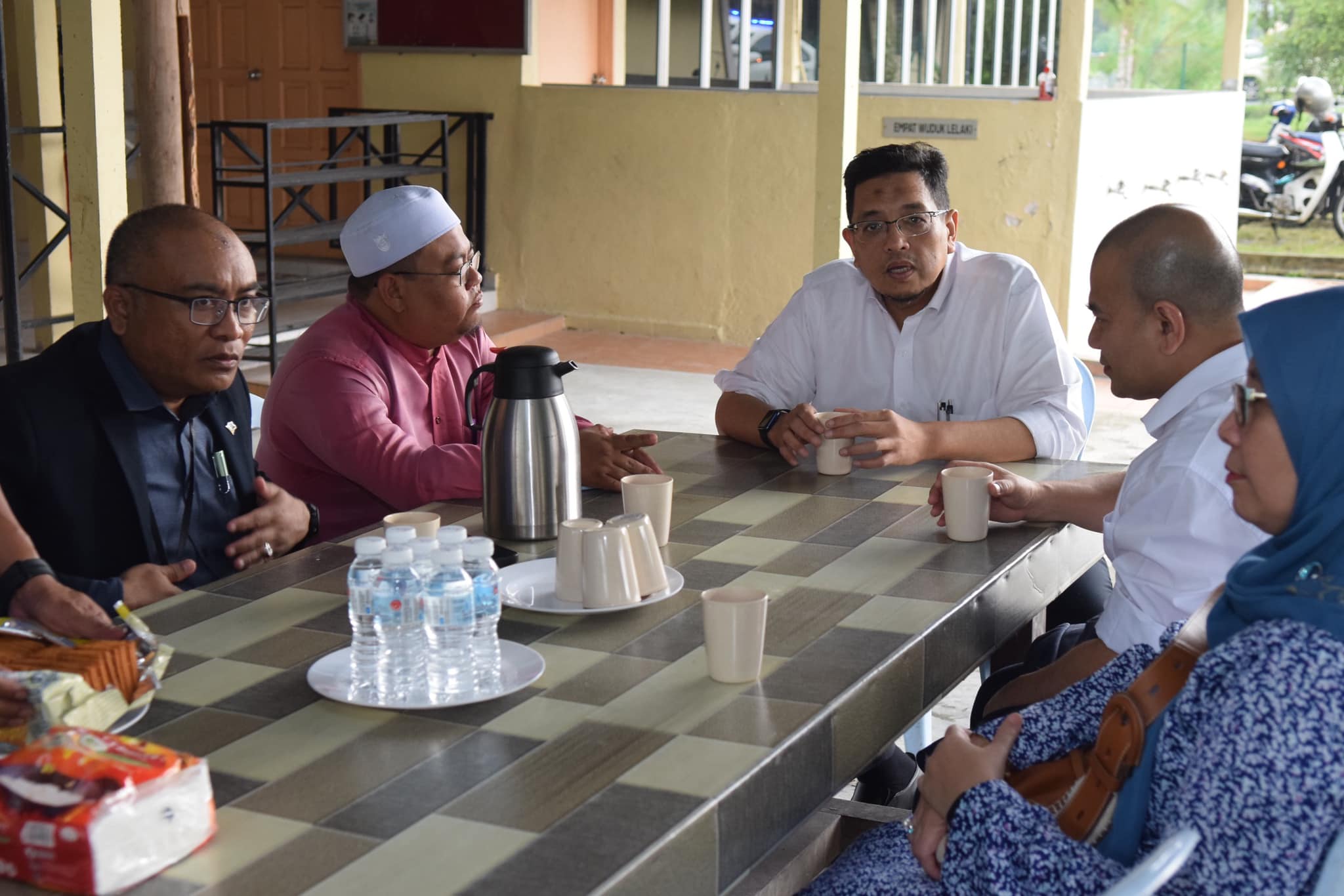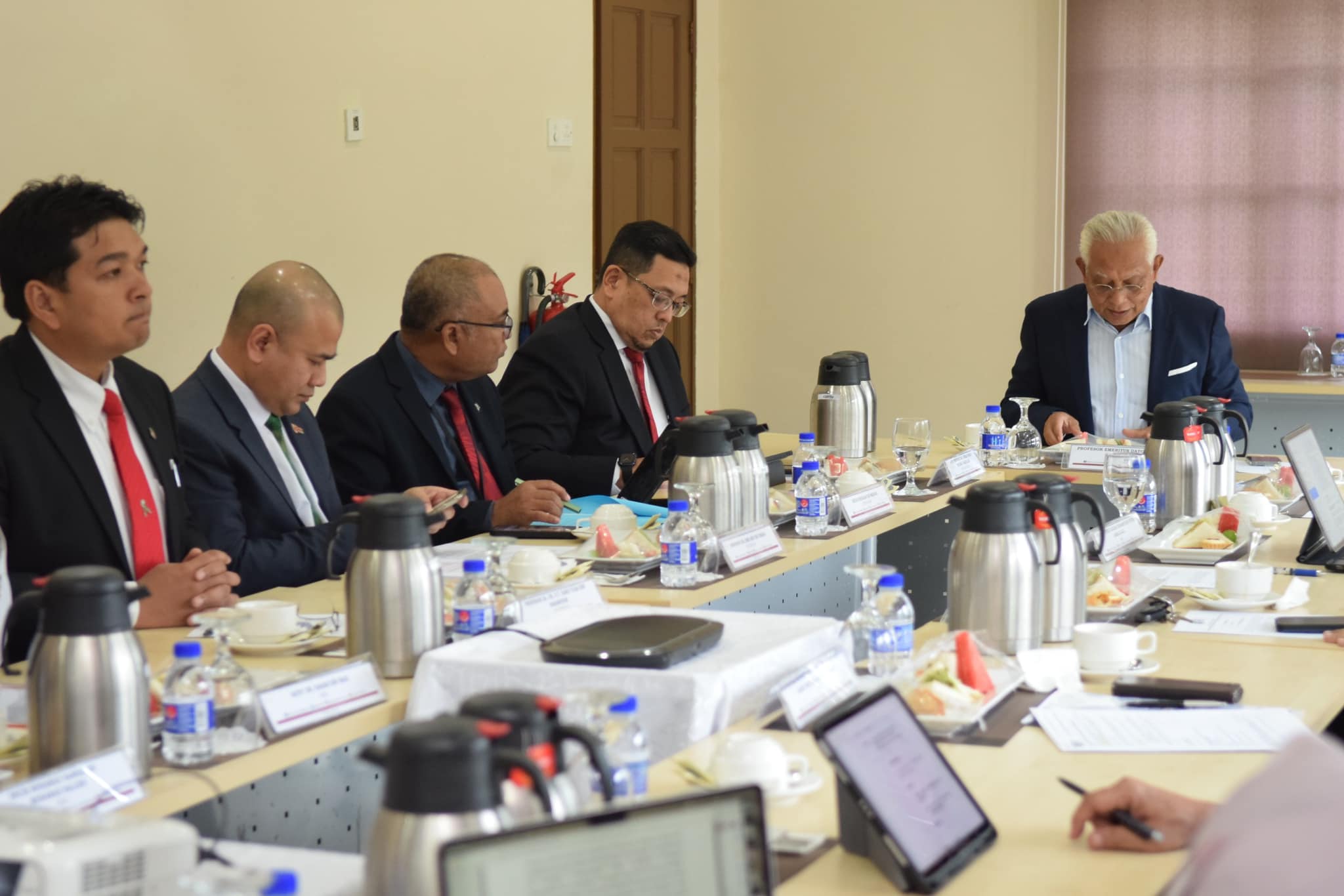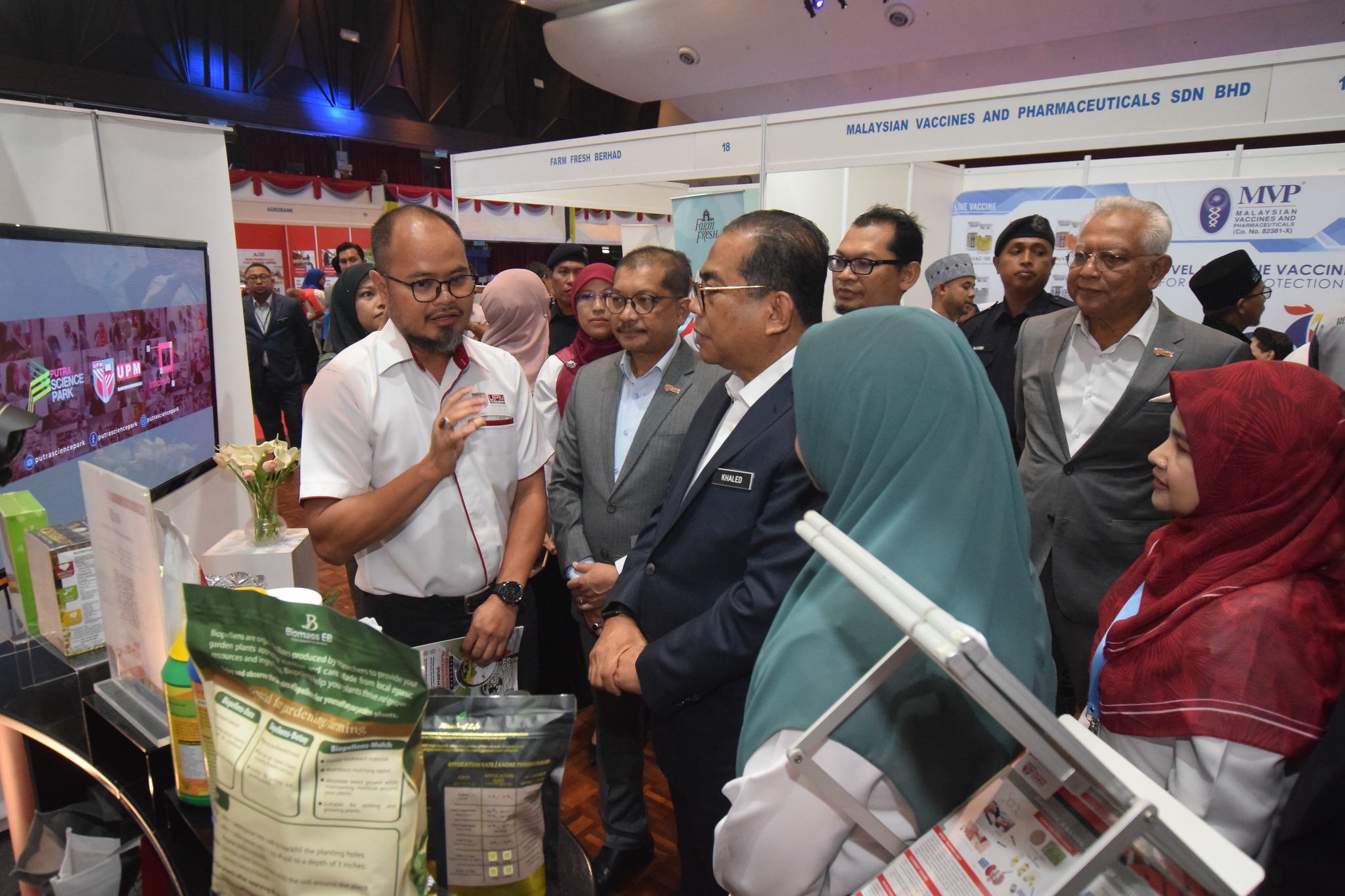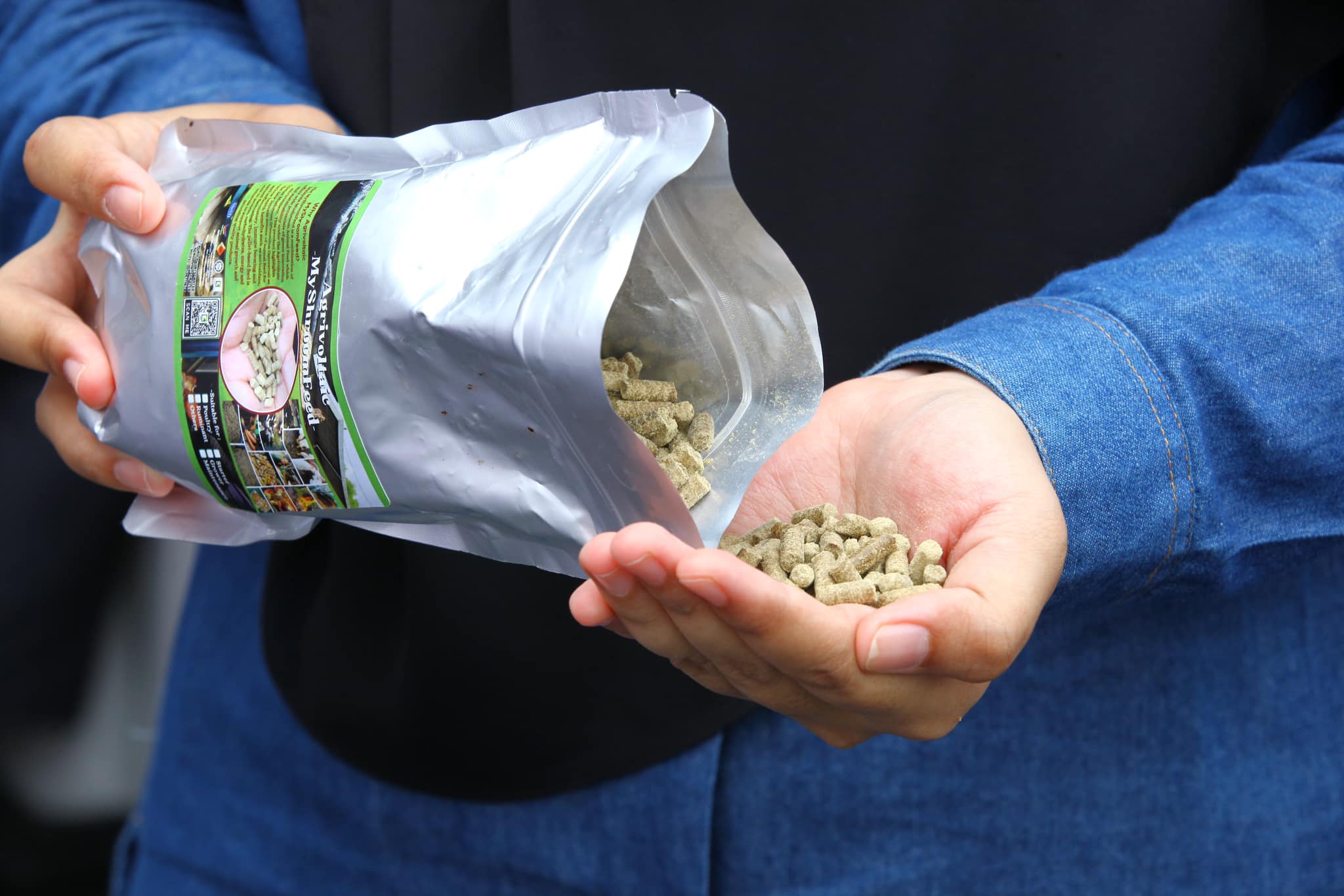By Syifarida Muhamad Zaki
Photo by Noor Azreen Awang

SERDANG, Sept 6 – The Laboratory of Halal Services, Halal Products Research Institute (IPPH) of Universiti Putra Malaysia (UPM) received a courtesy call from Deputy Minister of International Trade And Industry (MITI), Datuk Ahmad Maslan who visited the research facility today.
The visit was in line with ongoing efforts by the government to boost halal-related investment and trade to turn Malaysia into an international halal hub.
Ahmad Maslan said the Halal Industry Development Plan 2008-2020 was one of government’s efforts to enhance Bumiputras’ participation in halal products and services.
“This programme will go a long way in helping to increase the number of Bumiputera companies in innovation, production and trade of halal products and services.
“Any halal products or ingredients need to undergo a research process as a scientific proof that they are halal,” he said.
He also said IPPH, UPM was instrumental in giving focus not only to research and product development but also as a one-stop centre in dealing with various aspects of halal products.
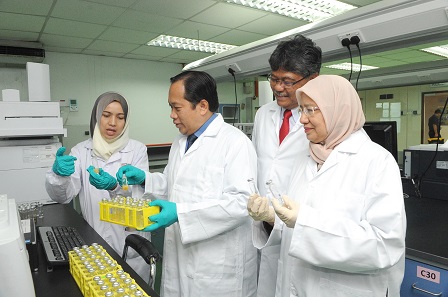
“We hope that the existence of this facility will bolster consumers’ confidence and Bumiputra companies’ participation in the halal industry which is expected to increase between 40 and 60 per cent in the next five years,” he said.
IPPH Director, Prof. Dato' Dr. Mohd Yazid Abd Manap said IPPH Laboratory provided various critical services for the halal food supply network as well as non-food products such as cosmetics and other consumer goods.
He added that other services provided included consultations and halal trainings for government agencies, private sector and the public.
The training courses offered were Halal Slaughtering, Halal Executive, Halal Awareness, Halal Analysis Workshop: Amino Acid Profiling & Alcohol and Halal Analysis Workshop: Introduction to DNA Analysis.
IPPH was set up on June 1, 2006, while IPPH Halal Services Laboratory in 2010, using state-of-the-art equipment and facilities like Liquid chromatography-mass spectrometry (LC/MS).











